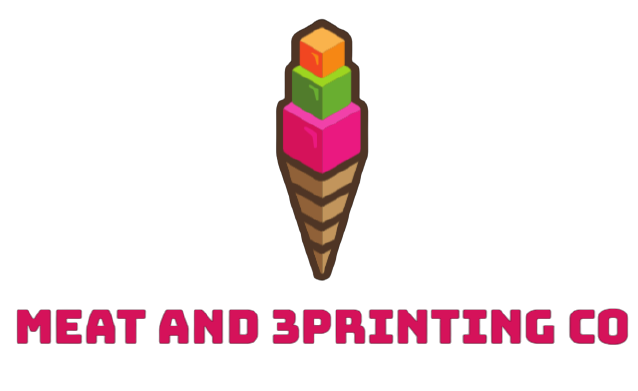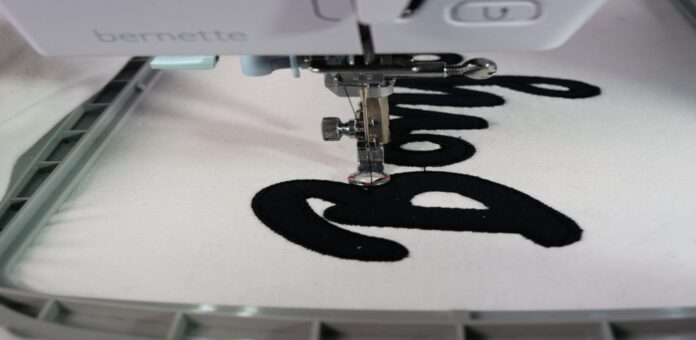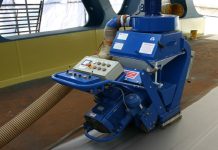Almost every industry on the face of the earth has been revolutionized by the invention of machines, and needlework is no exception. The art of embroidery demands a significant amount of skill and creative thinking. The two methods for generating embroidery are machine and hand embroidery, respectively. In machine embroidery, the designs are created by the use of computer technology, while hand embroidery is accomplished through the use of a sewing machine. Becoming more popular today because they are much more accurate and quicker than traditional hand stitching. Hand embroidery is a kind of fiber art that involves the creation of a design with the use of a sewing machine.
The process of creating patterns by stitching on a t shirt embroidery machine requires the use of computer programs to produce the designs automatically. Because they are developed to provide a variety of innovative concepts, the thousands of distinct kinds of embroidery software available nowadays can create unique patterns. . The embroidery digitizer is a trained specialist knowledgeable about the many kinds of textiles and the embroidery patterns that would work best with each of those materials. Machine The difference in thickness between embroidery thread and hand-embroidered thread is because embroidery thread is often made of rayon.
1. Error-Free Design:
Handcrafted embroidery artisans need help establishing design consistency when the order quantity is high. A product that was handcrafted would likely be able to meet the requirements of a large purchase. Using machine stitching, you will have no trouble maintaining the pattern’s uniformity that customers expect artisans to make for them.
2. Dependability:
You can depend on machines to build correct patterns without errors, and they can repeatedly do it with remarkable accuracy. When it comes to hand stitching, there is always the risk of human error occurring, regardless of how competent or experienced the worker is.
3. Prices:
The amount of time and effort necessary to do hand embroidery resulted in a higher price tag in the past. Machines made it possible to make a large amount of embroidered clothes, which reduced prices to the point that more people could afford to buy them.
4. Speed:
Machines can do tasks far more swiftly than individuals can without getting intellectually or physically weary. Embroidering a single garment by hand may take many hours, but using a machine can significantly reduce the time needed to complete the task.
5. Productivity:
When it comes to machine sewing, it doesn’t matter how complicated the pattern is since it can handle anything. The embroidery digitizer is a trained specialist knowledgeable about the many kinds of textiles and the embroidery patterns that would work best with each of those materials.
6. Outstanding Performance:
Because of the precision of the machines, it is possible to produce perfectly symmetrical designs, which contributes to the overall aesthetic appeal and makes the procedure seem more appealing. Machine The difference in thickness between embroidery thread and hand-embroidered thread is because embroidery thread is often made of polyester, metallics, or rayon.













